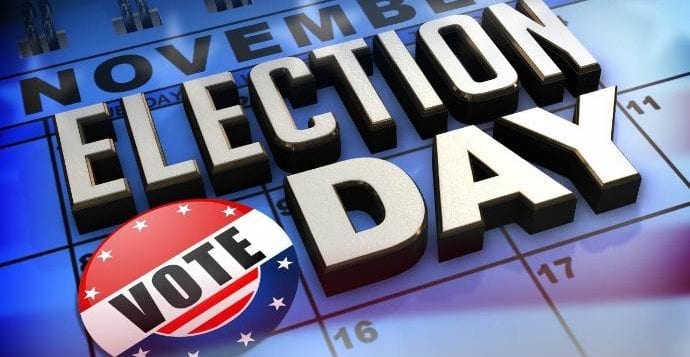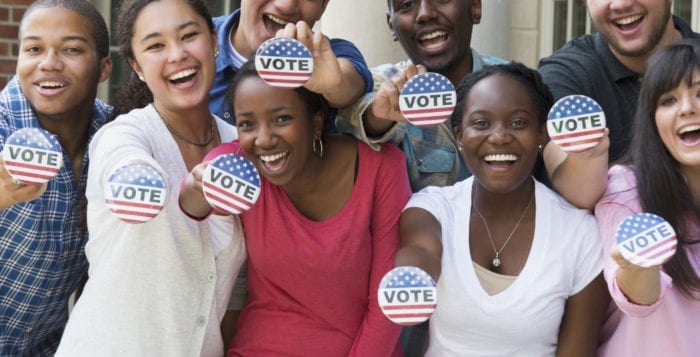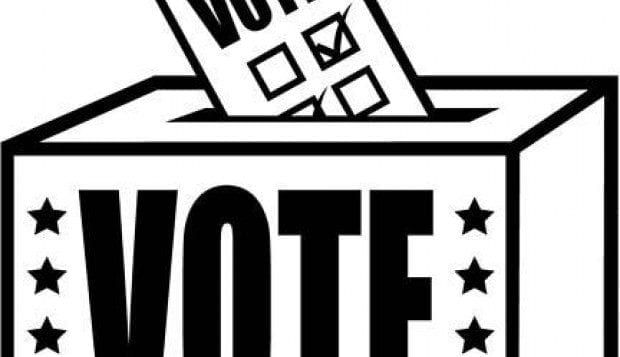By Judie Gorenstein
Will you be using your power on Nov. 6 or abdicating it to others? Voting is not only a right but a responsibility. Yet in New York voter turnout is exceptionally low: 49th out of all 50 states in 2014 at 28 percent of eligible voters. But this year’s September primary drew twice as many voters as 2014, so with your participation we can similarly do more than double 2014’s numbers.
What do you need to know to be not only a voter but an educated one? You can check your registration details at the Board of Elections www.SuffolkVotes.com website, including your polling site and if you are enrolled in a party. If you know you are registered but your name is not there, call Suffolk BOE at 631-852-4500 to resolve any issue. October 12 is the deadline for voter registration in New York State this year. Libraries and post offices have forms and they’re also online at www.SuffolkVotes.com and should be mailed to the Suffolk BOE.
Will you be out of the county for work, school or vacation and unable to get to the polls on Nov. 6? Does a disability or hospital or rehabilitation stay prevent you going to the polls? Are you a primary caregiver and unable to vote in person? If so, you can vote on an absentee ballot. This is a two-step process. Apply for an absentee ballot by picking up a copy as described above for voter registration form, filling out the request and mailing it to the BOE by Oct. 30.
The BOE will mail you your ballot in time for you to complete and mail back to the BOE by Nov. 5. If after you vote on an absentee ballot and then you find you can and want to vote at the polls, you MAY and your absentee ballot will not be counted. Absentee ballots are counted days after the polls close when the BOE can compare them to signatures in poll books. However, be assured if you are not able to vote on Election Day and your absentee ballot was completed correctly, it will be counted.
For those who find out after Oct. 30 that they cannot get to the polls on Nov. 6, the Suffolk BOE will be open during the weekend before Election Day. You can go to the BOE at 700 Yaphank Ave. in Yaphank and vote on an absentee ballot, which will be counted as the others are. Check its website or call the BOE to find the days and hours.
This year in Suffolk County, we will be electing our representatives in Congress (Suffolk includes all or part of the 1st, 2nd and 3rd CDs), one U.S. senator, NYS governor, NYS lieutenant governor, NYS attorney general, NYS comptroller, NYS senators, NYS assemblypeople, Suffolk County comptroller, Suffolk County clerk and Suffolk County judges. Depending on your area, there may also be special town elections or local propositions on your ballot.
Knowing who is on your ballot and learning about the candidates before you get to the polls is vital. An excellent nonpartisan data aggregation service is www.BallotReady.org, which not only gives you the candidates on your ballot but provides background information on the candidates and their stances on major issues, who is endorsing them and, if you choose, will also send you a reminder to vote. You can access it at www.VotingNewYork.org.
When possible see and hear the candidates in person at candidate forums, debates and events. Try to find out whether the event is sponsored by a nonpartisan group in order to get a fair perspective. The press, websites and other media have lots of useful information but most do endorse candidates or represent political party perspectives. Educate yourself and encourage others to do so. You’ll all learn more, and sharing insights and facts will broaden everyone’s view and motivate all to be voters.
Your vote is your power. If you go to the polls Nov. 6 and find your name omitted from the poll book, ask for an affidavit ballot (also called provisional ballot). Never ever leave a poll site without voting! Provisional ballots, just like absentee ballots, are counted at the Suffolk County BOE after Election Day, and elections are not certified until they are all reviewed. Make your choice count … be a voter!
Judie Gorenstein is vice president for voter services of the League of Women Voters of Suffolk County, a nonprofit, nonpartisan organization that encourages the informed and active participation of citizens in government and influences public policy through education and advocacy. For more information, visit https://www.lwv-suffolkcounty.org, email [email protected] or call 631-862-6860.








